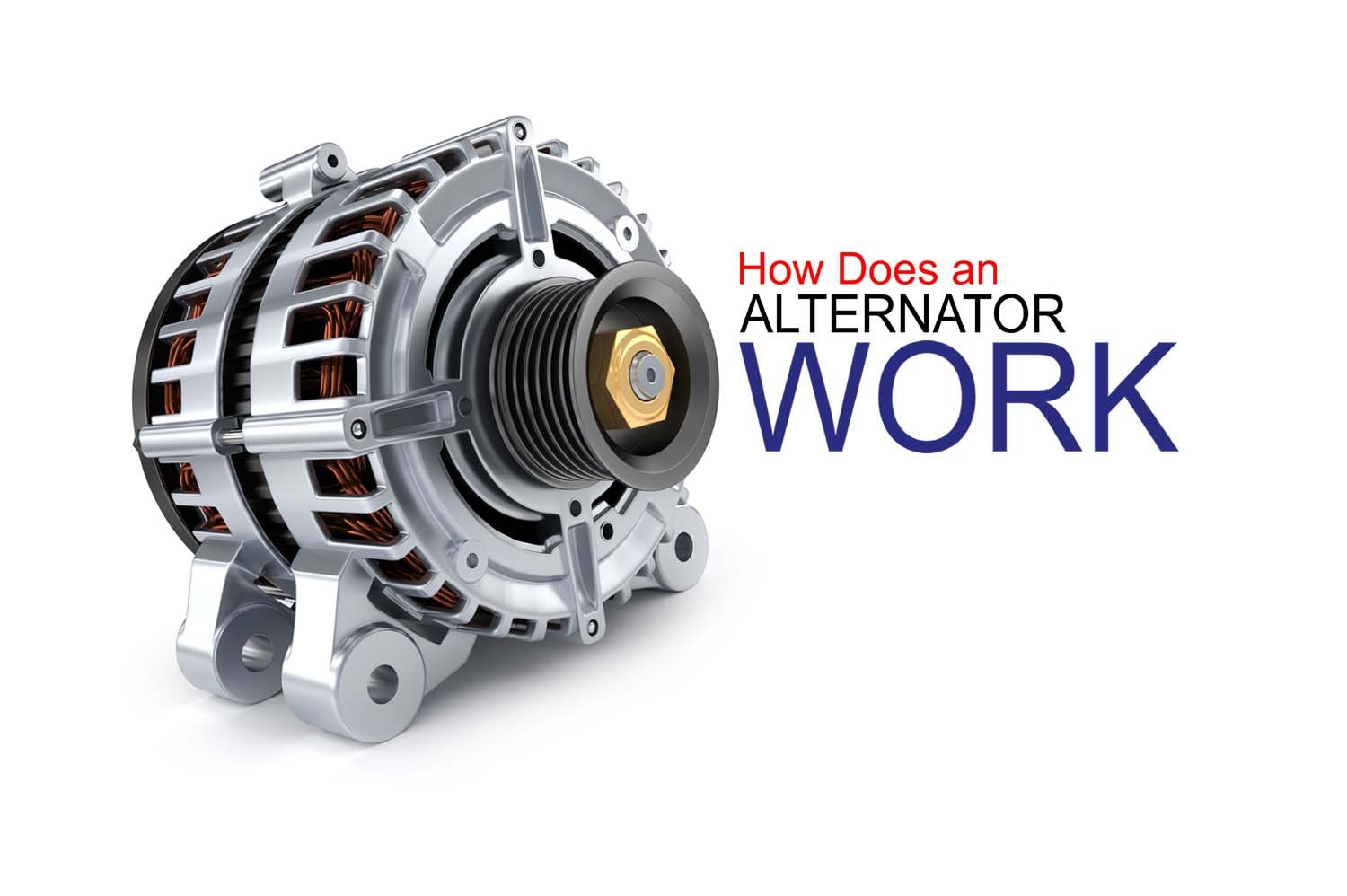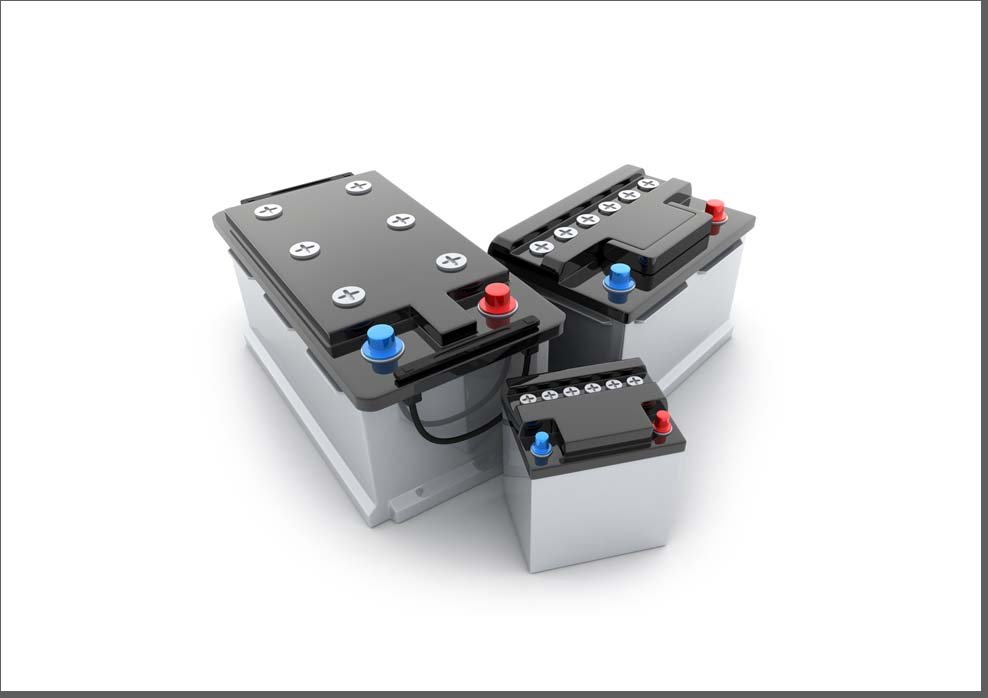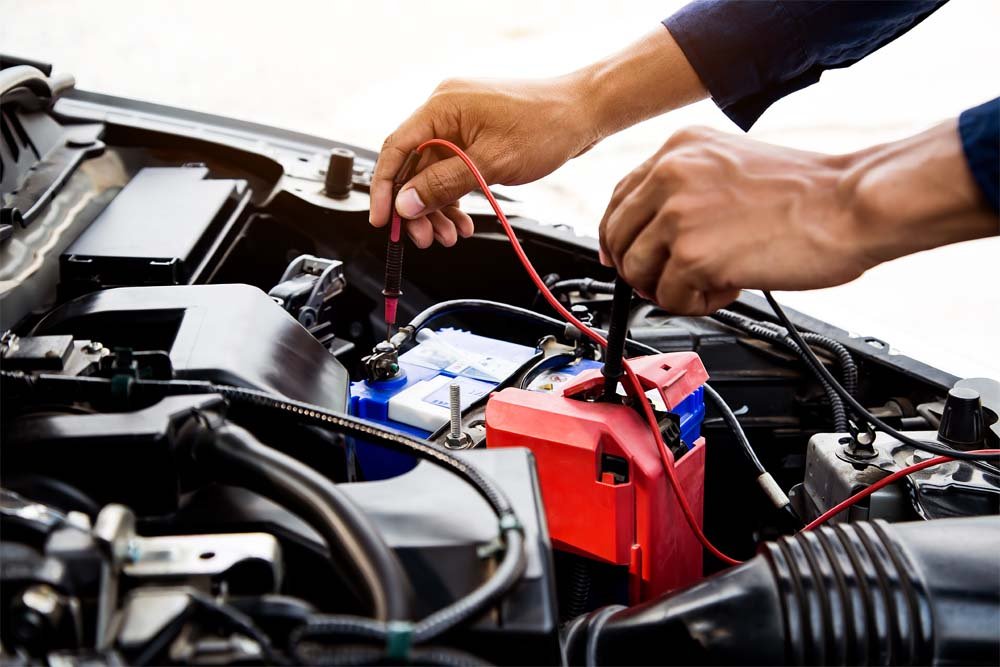Like the battery powers up some of the parts of the vehicle when the engine is off, the alternator does this same job while it’s on. A car alternator recharges the battery itself to keep it going. Plus, it also powers up a few electrical parts of the vehicle, as well. So, if you are noticing a dimming light or reduced interior lighting once in a while, it’s time to check the alternator. A faulty alternator can put you in serious trouble. It can cause the battery to die and leave your car at sideways like a dead moose. So, before you get into this kind of trouble, it’s better to replace the alternator. But if you don’t know how to change an alternator, don’t worry. That’s why we are here to help.
So without further ado, let’s gear up!
What Is An Car Alternator?
An alternator is a type of electric generator that is used in modern vehicles to recharge the battery inside and power up a number of electric parts of the vehicle. It worlds while the engine is running.
How Long Does It Take To Change An Alternator?

Generally, it takes only about a couple of hours to change an alternator. However, it depends entirely on the mechanic you are going to. If he is expert enough, it may take a little less time.
What Tools Are Needed To Change An Alternator?

You need a number of tools to change an alternator. Such as
- An Alternator
- Belt tensioner
- Basic hand tools
- Voltmeter
- Replacement serpentine belt
- Rags
- Gloves
- Ratchet
- Wrench
How To Change An Alternator – 3 Main Phases
Following only three simple phases, you can change and replace the alternator of your car or vehicle. Here’s how.
Phases-1 Disconnecting the existing alternator

Step 1: First of all, park the vehicle on a flat surface where you can be sure that the car is not moving or trembling at all.
Step 2: Now, you have to loosen the bolt that maintains the cable where the negative tight of the terminal is placed. Find a suitable socket for this removal. When you loosen the bolt, simply take the cable out of the terminal. This will disconnect the battery. It’s okay to keep the positive cable as it is.
Step 3: To find out where the alternator of your car engine is located, you can simply follow the accessory belts or the serpentine. It may be placed on the closest part of the top from you or even be on the sides. Usually, you may have access to the alternator through the engine bay. If not, you may jack the vehicle up to do so.
Step 4: Now, you need to disconnect the main power cable. It’s the thick cable that is attached to the alternator, which comes from the car cell. Apply a ratchet or wrench to unscrew the bolt and pull it out from the connection.
Step 5: Lastly, you need to release the safety clip that is attached to the wiring harness. You can use a flat-head screwdriver or simply use your finger to release the clip.
Phases-2 Removal of the existing alternator

Step1: If the vehicle has an auto-tensioner, you need to relieve the tension on the belt. Simply insert the breaker bar’s square drive into the auto-tensioner pulley’s hole. Then you need to put a clockwise pressure to relieve it.
If the vehicle doesn’t have an auto-tensioner, you can then relieve the tension in an easier way. All you need to do is loosen a couple of bolts that hold the alternator to the vehicle engine. Use a 14 mm socket if it matches. Otherwise, you may need to apply different sizes of sockets.
Step 2: As you have loosened the tension, now inspect the belt for any kind of damage. Investigate if there’s any glazing or glossing on the belt – both the edges and under the belt. Also, you should look for cracks, as well.
Step 3: Now, carefully take the alternator off the engine. As the belts are already removed from the pulley and the wires are previously detached, the alternator will slide out quite effortlessly.
Phases-3 Installing the new alternator

Step 1: Okay, so now you have to put the new alternator in its required place. You may need to move the device up and down to place it back as the space is quite tight. Hold and move the serpentine belt and other wires out of the way while you place it.
Step 2: Now, pass the mounting bolts via the alternator and place them into the mounting bracket. After that, tighten these bolts up. If you can’t tighten these up completely, it’s not a problem. Just make sure they are not too loose. Then, use the old belt or get a new belt to run through the suitable pulleys.
Step 3: It’s time to apply tension to the alternator. If your car doesn’t have an auto-tensioner, you have to put pressure on a screwdriver. Alternatively, you can use a pry bar, as well. Use it till the belt gets tight enough. To do this, you need to place the bar in the middle of the engine and the alternator.
Step 4: Now that you have applied the tension, it’s time to tighten the mourning bolts. Use suitable sockets for this job. It will make sure that the alternator maintains the tension on the belt.
Step 5: In this step, you have to connect the monitor harness to the power cable. Follow the same manner you followed while you removed both of them.
Step 6: Now that it’s done setting the new and fresh alternator, you need to reconnect the negative lead to the vehicle cell. Make sure you are tightening it well so that it won’t loosen while the vehicle is moving.
How To Repair An Alternator
If you don’t want to get a new alternator and replace the old one, all you are left with is an option to repair the existing one. However, it’s not an easy task at all to repair an alternator. Make sure you have all the necessary tools and components for this.
Although it’s not that much complicated, you need to make sure you can do it before you even attempt. So, follow these steps.
Step 1: Remove the alternator from your vehicle. You can follow the replacement part of the previous section where we have discussed how to do it. Now, you need to peel off the plastic cover and investigate if the bearing there is alright.
Make sure it is snug. Otherwise, if it’s completely loose or has jams all around, you need to replace it.
Step 2: At this point, you have to take off the resistors and enter the rectifier. Don’t forget to detach the soldered wires before unscrewing the mounting screws. It’s crucial to clean up the armature shaft prior to the brush replacement.
Investigate if the springs are placed in the required places when you are remounting them.
Step 3: Finally, you need to replace the voltage regulator. Once you do it, it’s great! This is the way you repair an alternator! Now, place all the things back into the place that you have removed.
Safety Tips When Change An Alternator

Although it sounds fun to replace an alternator, it may be quite risky, as well. So, make sure you are following some safety measures like the ones mentioned below.
- Park the car on an even and level surface. This way, the vehicle won’t move or wiggle so you can do your work properly.
- Disconnect the battery before you start. This is the powerhouse. So if you let it connected, it may electrify the area.
- Jack the vehicle up if necessary. This will make it easy to access hard-to-reach spaces.
- Remove the main power cable from the alternator for proper safety.
- Release the safety clip connecting the wiring harness.
- Always wear safety gears for personal physical safety
- Put the bolts and tiny particles in a separate area
- Be careful not to cut any wire with the screwdriver
How Much Does It Cost To Change An Alternator?
Again, it depends on the model and type of your vehicle. However, generally, it may cost you around $300 to $400 to buy an alternator. If you take it to a professional mechanic to change, he may take another 100 bucks as a service charge, making it around $500.
Final Words
So, typically, that was all you needed to know about how to change an alternator. Remember, you need to have a clear and sound knowledge of vehicles and vehicle engines before you even try it out.
So, if you are not confident enough to change it yourself, it’s always better to hire a professional mechanic for the job.
It may cost a bit more, but it will be safe.








































